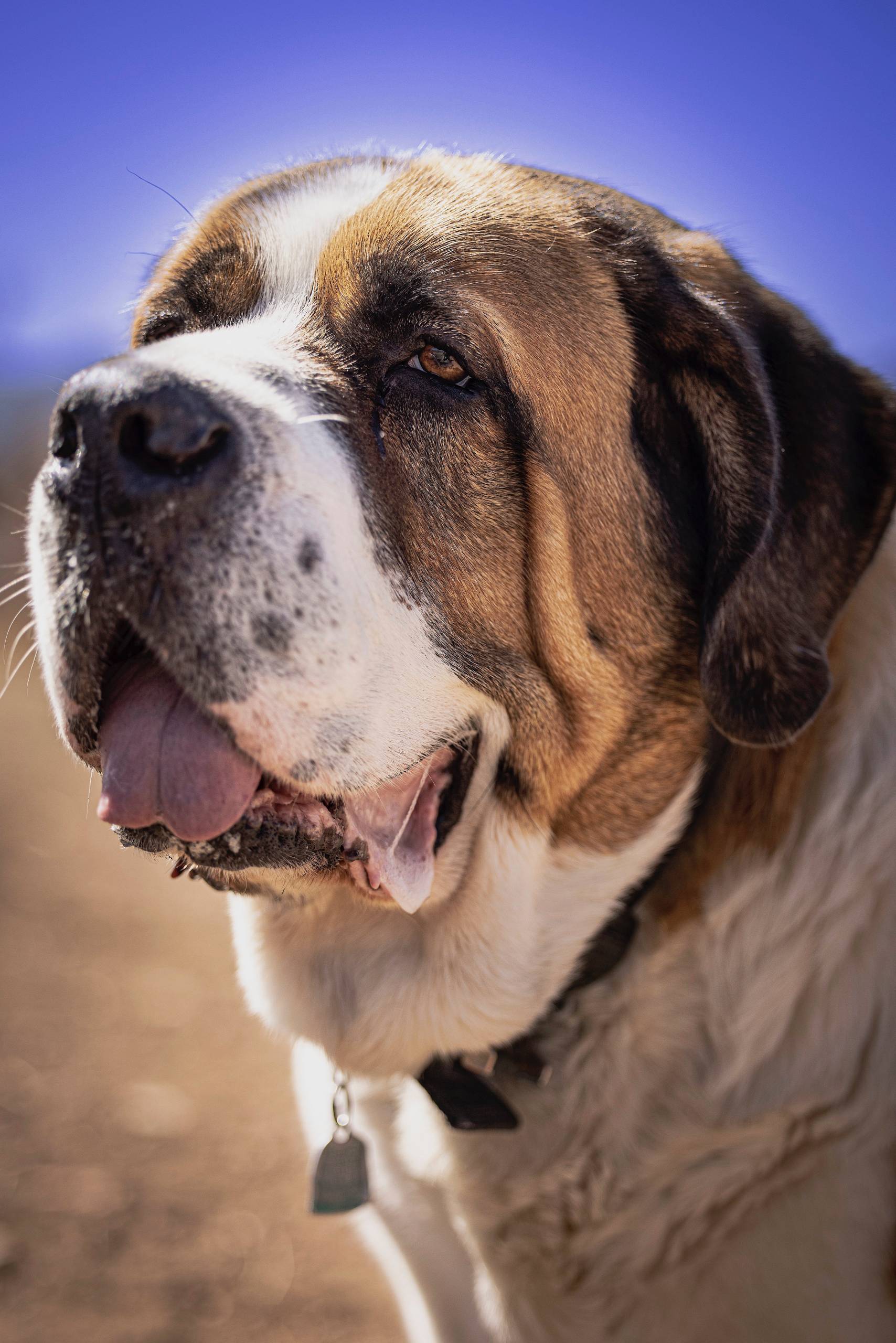
First and foremost, it’s important to understand that fleas are not just a problem for your dog; they can also infest your home. This means that getting rid of them requires a comprehensive approach. It’s not just about treating your dog, but also treating your home environment to prevent re-infestation.
Before we delve into solutions, let’s briefly address why some methods may not have worked for you. Fleas have developed resistance to some traditional treatments, making them harder to eliminate. Additionally, improper application of flea treatments, inconsistent use, or missing key areas in your home can all contribute to the persistence of the problem.
So, what can you do if nothing seems to work? The first step is to consult your veterinarian. They can provide professional guidance and recommend the most effective flea treatment products available. It’s important to follow their advice closely, as they have the expertise to tailor a solution specifically for your dog’s needs.
In addition to seeking professional help, it’s crucial to ensure that you’re using the right products. Not all flea treatments are created equal, and some may work better for your dog than others. Look for products that not only kill adult fleas but also target flea eggs and larvae to break the life cycle.
Consistency is key. Even if a treatment appears to be working, it’s essential to continue the regimen for the recommended duration. This is crucial for breaking the flea life cycle and preventing re-infestation. Skipping treatments can give fleas the opportunity to bounce back, making it seem like nothing is working.
Apart from treating your dog, you must also address your home environment. Fleas can lay eggs in carpets, bedding, and upholstery, leading to continuous re-infestation. Thoroughly vacuum your home, wash your dog’s bedding, and consider using household flea sprays or foggers to eliminate any remaining fleas and their eggs.
While battling fleas, it’s equally important to keep your dog clean and healthy. Regular grooming and bathing with a flea shampoo can help reduce the flea population on your dog. However, always consult your vet before using any new products on your pet, especially if they have sensitive skin or any existing health conditions.
Remember, patience is key. It can take time to completely eradicate a flea infestation. Don’t be discouraged if you don’t see immediate results. Keep following the advice of your veterinarian, stay consistent with treatments, and maintain a clean living environment for your dog.
In conclusion, dealing with fleas on your dog when nothing seems to work can be challenging, but it’s not impossible. By seeking professional guidance, using the right products, maintaining consistency, and addressing your home environment, you can effectively rid your dog of fleas. Remember, persistence and a comprehensive approach are essential to successfully tackling this common canine nuisance. Your dog will thank you for your dedication to their well-being.[/fusion_text]

